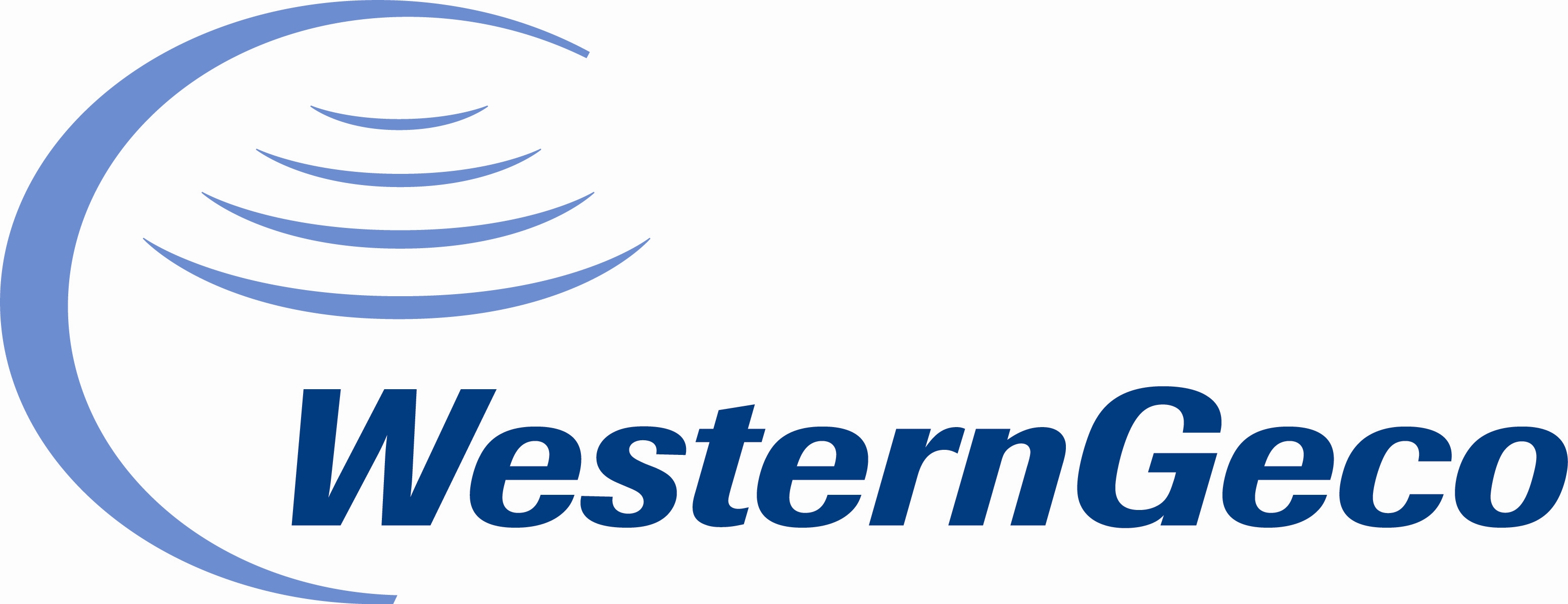West Tech Breakfast: Rapid Autonomous Marine 4D (RAM4D)–unmanned time-lapse seismic acquisition* - Mar 14th

Sponsored by: Schlumberger and WesternGeco
Meeting Location:
Schlumberger Facility
10001 Richmond Ave.
Houston, TX 77042
NOTE: You Must be Logged in To Register
Speaker: David Chalenski*, Shell Internaltional Exploration & Production
Paul Hatchell, Jorge Lopez, Malcolm Ross, Shell International Exploration and Production, Inc.
We present recent work developing an autonomous, unmanned marine seismic source system for 4D reservoir surveillance, called Rapid Autonomous Marine 4D (RAM4D). The current vision of RAM4D involves a single, small surface vessel towing a small seismic source. The vessel is unmanned and operates autonomously without escort, following pre-charted shotpoints without human intervention. We lay out the benefits to such a technology implementation, primarily low-cost, frequent or on-demand, small footprint 4D surveys causing lower environmental exposure, and unmanned operations leading to improved safety. We will show the results of an autonomous 4D survey conducted in an inshore lake using the RAM4D system, and plans to conduct further 4D tests in Deepwater in 2018. A further adaptation to the RAM4D system involves towing short streamers as part of a High-Resolution 4D (HR4D) acquisition system. We present this concept and the results of an integration test.
The source-only RAM4D vessel will target permanent receiver technologies such as Ocean Bottom Cables (OBC), semi-permanent nodes, or Distributed Acoustic Sensing Vertical Seismic Profiles (DAS VSP). These Permanent Reservoir Monitoring (PRM) systems are good candidates for monitoring with lower-output sources due to their low 4D noise, and have the potential for high impact from OPEX reductions in the source effort. Endurance will be limited by various factors such as fuel tank capacity and compressor condensate control, but we anticipate ten days continuously at-sea to be feasible. The current implementation of RAM4D utilizes a 250 in3 source, but the flexibility exists to extend the source size up to 500 in3 with minimal impact on shot spacing and survey duration.
The smaller footprint of RAM4D should allow rapid, or on-demand, 4D surveys since no on-vessel crew must be mobilized and the small vessels can be stored locally near ports.
Speaker Biography: David Chalenski, Shell Internaltional Exploration & Production
David A. Chalenski received his Ph.D. from Cornell University in experimental plasma physics in 2010 and B.S. also from Cornell University in electrical and computer engineering in 2004. He worked at the University of Michigan as a Research Scientist from 2010-2013 continuing his work in the fields of plasma, pulsed power and fusion science. Since joining Shell in 2013 as a Research Geophysicist on the Houston-based Areal Monitoring team, Dave has focused on novel Deepwater 4D seismic applications, including low-cost, low-footprint acquisition and autonomous sources.
Breakfast will be available starting at 7:00 AM
Technical Talk will start at 7:30
Event will end by 8:30
THANK YOU TO OUR GENEROUS SPONSORS:

